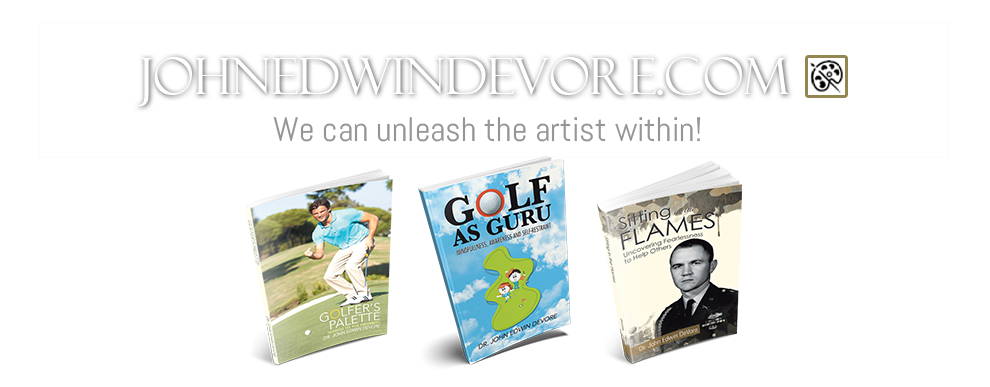TWO SHANKS FROM INSANITY
As Fred Shoemaker suggests, a purpose of games is to help us learn about life and our relationship to this exceptionally wonderful gift. However, an on-going experience is that a really tough challenge is to be “awake” for the multitude of messages these games, including golf and the occasional two shanks in a row, have to offer us. The purpose of this blog is to share a recent on-the-course experience and the subsequent re-awakening.
Sunday’s round of golf was total chaos, buried irritation and unrecognized physical tension! As a diehard perfectionist-reformer and dinosaur of our American culture and the culture of golfers, it would be easy to blame the playing partners for the distractions. However, as Michael Brown eloquently reminds,
Whenever the effects of our thoughts, words, and deeds (ego) are significantly delayed by time (the evolving years of life), they appear to us to occur independently of any cause. The consequence is that we then assume that many of the circumstances of our life are happening to us and not because of us. This enables us to enter victim or victor mentality. Being a victim or a victor means that we are either complaining about our experiences or competing with the experiences of others. Because of the pauses between cause and effect manufactured by time, it never occurs to us that we are actually complaining about ourselves and the consequences of our own actions, or that we are actually competing with ourselves because of obstacles that we have placed in our own way. Being a victim or victor is no different than the behavior of a dog chasing its own tail. The only difference is that the dog has more fun.
Reflections after Sunday’s golf generated a nice juicy question: What is the mechanism that inspires the “inner caddie” to acknowledge an upset, to take time-out, to go to the breath and to re-focus before the next shot? As discussed in Golfer’s Palette, the answer is evolving mindfulness and awareness; and one can develop this skill with the practice of daily meditation. Through practice, the “inner caddie” acknowledges personal reflections, people, events and behaviors. We become the watcher of the thoughts, words and behavior; and we begin to respond as opposed to reacting. Just go to the breath; and in silence and solitude, re-focus. For this dinosaur, the practice tee for meditation is daily sitting practice. John, just sit!
SOURCES
Brown, M. (2007). The Presence Process. New York, NY: Beaufort.
Shoemaker, Fred. (1996). Extraordinary Golf. New York, NY: Perigee.
Hudson, R. & Riso, D. (1999).The Wisdom of the Enneagram. New York, NY: Bantam.
Goldstein, J. (1994). Insight Meditation. Boston, MA: Shambhala.

